Set Smart Goals And Actually Achieve Them
 At LIV Fitness in Dublin, CA, we encourage people to set smart goals, since it’s the best way to achieve them. Fitness goals need to be realistic. SMART is an acronym that stands for specific, measurable, attainable, relevant and time-based. Start with a specific goal. Vague goals, such as I want to lose weight or get into shape, don’t provide any information to let you know you’ve achieved your goal. If you are fifty pounds overweight and say you want to lose weight, do you achieve your goal when you’ve lost a pound? Decide exactly what you want and achieve it.
At LIV Fitness in Dublin, CA, we encourage people to set smart goals, since it’s the best way to achieve them. Fitness goals need to be realistic. SMART is an acronym that stands for specific, measurable, attainable, relevant and time-based. Start with a specific goal. Vague goals, such as I want to lose weight or get into shape, don’t provide any information to let you know you’ve achieved your goal. If you are fifty pounds overweight and say you want to lose weight, do you achieve your goal when you’ve lost a pound? Decide exactly what you want and achieve it.
Make your goal measurable.
You need to know if you’re making progress and have a way to measure success. Do you want to lose inches, pounds or have enough energy to climb five flights of stairs in under five minutes without having to stop. When you can measure your goals, you know whether you’re making progress. It allows you to set milestones so you can celebrate occasionally. Everyone needs that, no matter what their goals.
Make sure your goal is attainable.
Too often people want to make the progress move faster, but that’s not how the body works. In order to lose one pound, you have to eat 3500 fewer calories than you burn. It’s impossible to permanently lose twenty pounds in a day, but not to lose twenty pounds in two months. While you want to reach for the stars and aim high, building muscles doesn’t happen overnight. A lofty goal is important, but so is having an appropriate amount of time to do it.
Is your goal relevant and time-based?
What is a relevant goal? It’s one that’s important to you. If you want to lose weight because someone told you that you should, you won’t have the success you’d have if you really wanted the weight loss. Don’t let someone determine your goals. Of course, a health care professional may tell you that you need to lose weight. In that case, focus only on how good you’d feel and how much longer and healthier you’d live. Making your goal time-based gives you a deadline. If you don’t, the goal becomes a “some day” and that never comes.
- Your plan of action should include the steps you take to reach your goals. Those steps might include eating healthy or exercising every other day.
- Track your progress. If you don’t track your progress, how will you know if you’ve succeeded. Track your progress in the gym by the amount of weight you lift or reps you do. You can even use other measures.
- Make your goals a priority. They should be important to you. You should schedule your workout as you would any appointment, which also helps make it a habit and ensures you’ll stick with the program.
- Keep your goals in front of you. Some people put them on sticky notes and post them around the house. Do something every day to help achieve your fitness goals. It doesn’t have to be working out in the gym, doing something fun, yet active is important, too.
For more information, contact us today at LIV Fitness

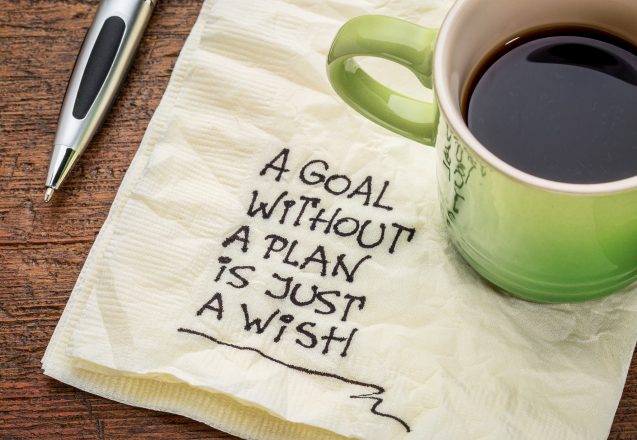
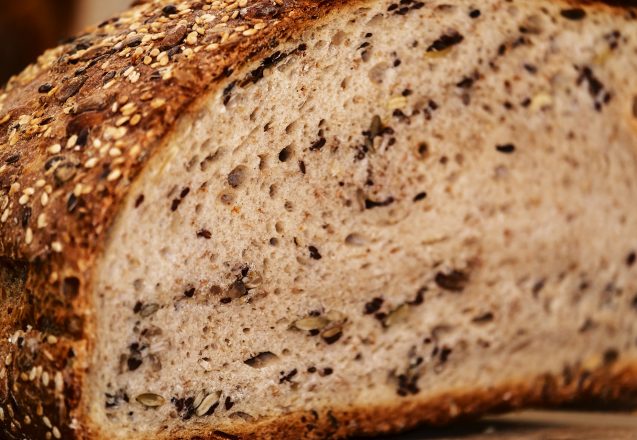
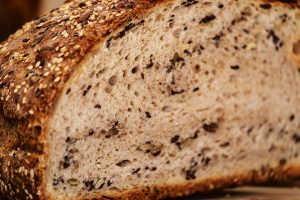 Eating whole grains can help you reach your weight loss goal, since they offer nutrients, plus loads of fiber. While white, refined grains contain only the endosperm, which is loaded with carbs and offer no nutrition, whole grains contain bran and germ, in addition to the endosperm. Germ contains nutrients that are important to the immune system and other bodily functions. It also contains fiber, which fills you up, without loads of extra calories.
Eating whole grains can help you reach your weight loss goal, since they offer nutrients, plus loads of fiber. While white, refined grains contain only the endosperm, which is loaded with carbs and offer no nutrition, whole grains contain bran and germ, in addition to the endosperm. Germ contains nutrients that are important to the immune system and other bodily functions. It also contains fiber, which fills you up, without loads of extra calories.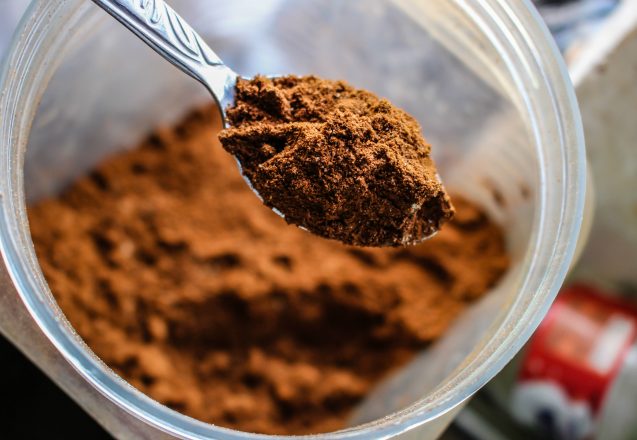
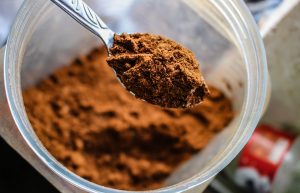 You see them everywhere, protein powders and shakes. They were at one time strictly in supplement and health food stores, but now are on grocery shelves, discount stores and pharmacies. To make it more confusing, there are protein drinks and powders of all kinds. There are ones for seniors, ones for bodybuilders and ones for vegetarians. Are they a waste of money? Dangerous? Or truly beneficial? For seniors, the answer might be yes, since the ability to use protein efficiently diminishes with age. How vigorously you exercise and your weight and muscular development also play a role.
You see them everywhere, protein powders and shakes. They were at one time strictly in supplement and health food stores, but now are on grocery shelves, discount stores and pharmacies. To make it more confusing, there are protein drinks and powders of all kinds. There are ones for seniors, ones for bodybuilders and ones for vegetarians. Are they a waste of money? Dangerous? Or truly beneficial? For seniors, the answer might be yes, since the ability to use protein efficiently diminishes with age. How vigorously you exercise and your weight and muscular development also play a role.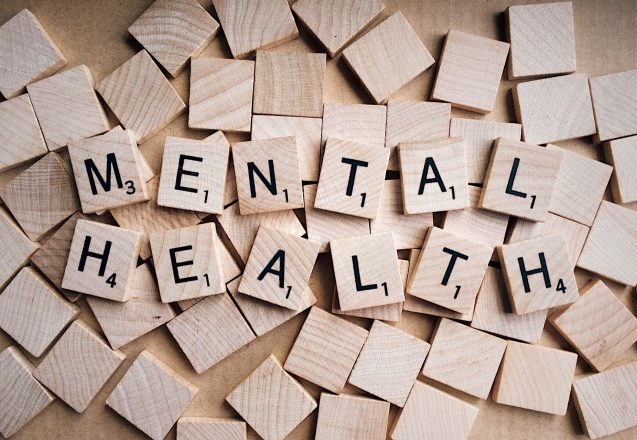
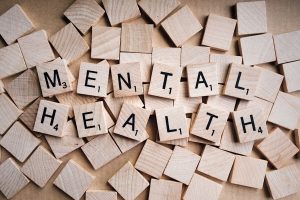 It’s a crazy world and there’s been a lot of anger, fear and despair. One thing that hasn’t helped is the lack of exercise. That’s right! When you workout, it helps relax you and clear your mind. In other words, fitness helps with mental health. Working out boosts your cognitive functioning and raise your spirits in a number of ways. It helps you clear your mind and burns off the hormones that prepare your body for danger.
It’s a crazy world and there’s been a lot of anger, fear and despair. One thing that hasn’t helped is the lack of exercise. That’s right! When you workout, it helps relax you and clear your mind. In other words, fitness helps with mental health. Working out boosts your cognitive functioning and raise your spirits in a number of ways. It helps you clear your mind and burns off the hormones that prepare your body for danger.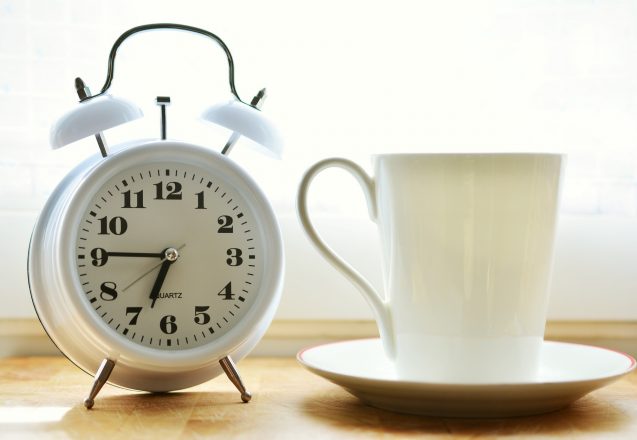
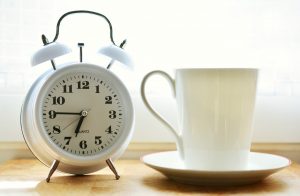 At LIV Fitness, in Dublin, CA, we help you make time for workouts by offering 24/7 service, but people still find it hard to find the time to add a workout to their schedule. The US Department of Health and Human Services advises adults to get at least 150 minutes of moderate physical activity a week or 75 minutes of more intense activity. That urging is obviously ignored when you consider that 80% of the American population doesn’t meet that requirement. Most people say they don’t have enough time, so one solution is to get up earlier and workout in the morning. Not only will working out for 30 minutes every morning get you into a consistent habit, it boosts your metabolism.
At LIV Fitness, in Dublin, CA, we help you make time for workouts by offering 24/7 service, but people still find it hard to find the time to add a workout to their schedule. The US Department of Health and Human Services advises adults to get at least 150 minutes of moderate physical activity a week or 75 minutes of more intense activity. That urging is obviously ignored when you consider that 80% of the American population doesn’t meet that requirement. Most people say they don’t have enough time, so one solution is to get up earlier and workout in the morning. Not only will working out for 30 minutes every morning get you into a consistent habit, it boosts your metabolism.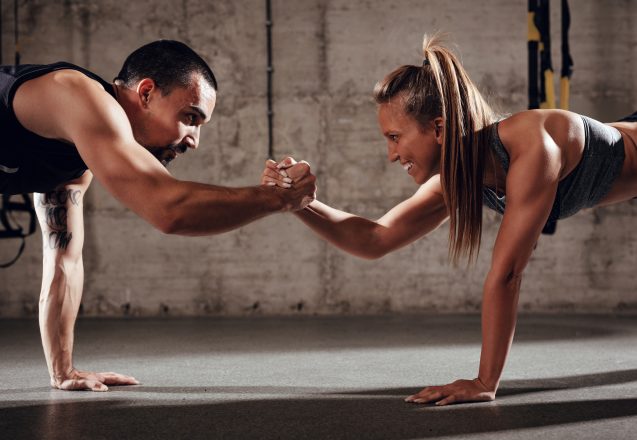
 If you’re working out with a workout buddy, you’ll get at least one of the benefits you get with a trainer. You make a commitment to that person that you’re going to workout that day, just as you do with a trainer. You’re held accountable by the person you’re supposed to meet and that means on those days when you’d rather not go, you’re more apt to show up for a workout than you would be otherwise. In fact, one study found that if someone was just phoned once every two weeks to check on the progress of exercise, they were 78% more apt to exercise.
If you’re working out with a workout buddy, you’ll get at least one of the benefits you get with a trainer. You make a commitment to that person that you’re going to workout that day, just as you do with a trainer. You’re held accountable by the person you’re supposed to meet and that means on those days when you’d rather not go, you’re more apt to show up for a workout than you would be otherwise. In fact, one study found that if someone was just phoned once every two weeks to check on the progress of exercise, they were 78% more apt to exercise.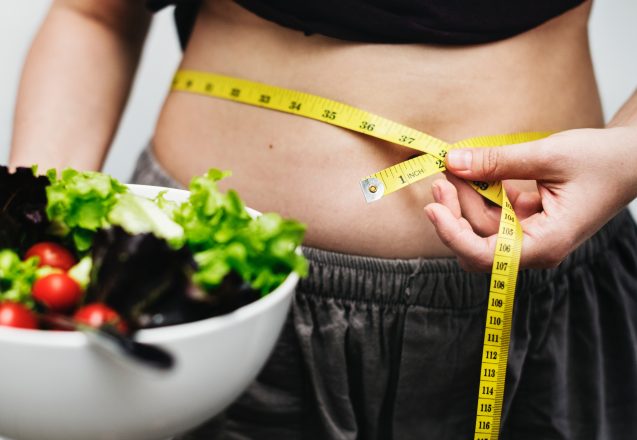
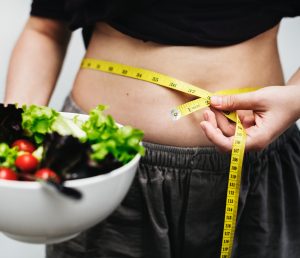 Intermittent fasting—IF— has become quite a hot topic in Dublin, CA. Some people think it’s a diet or think that they have to give up food for long periods, but that’s just not true. Intermittent fasting is one method of losing weight and improving health that doesn’t require any specific diet, but of course, healthy eating still is important. It’s a way to schedule your meals and give your digestion a break. It can be as simple as eating only during an eight-hour period and fasting the other sixteen, to eating light or not eating one or two days a week.
Intermittent fasting—IF— has become quite a hot topic in Dublin, CA. Some people think it’s a diet or think that they have to give up food for long periods, but that’s just not true. Intermittent fasting is one method of losing weight and improving health that doesn’t require any specific diet, but of course, healthy eating still is important. It’s a way to schedule your meals and give your digestion a break. It can be as simple as eating only during an eight-hour period and fasting the other sixteen, to eating light or not eating one or two days a week.
 You don’t have to study for years to begin your fitness journey, but you do have to make a firm decision to change your habits and make them healthier. That’s always the first step in any journey. Healthy habits, like exercising regularly, getting adequate sleep, drinking plenty of water and eating a healthy diet are goals that can lead the way. You need to get your attitude in line, so you look forward to making the changes, not feel sorry for yourself.
You don’t have to study for years to begin your fitness journey, but you do have to make a firm decision to change your habits and make them healthier. That’s always the first step in any journey. Healthy habits, like exercising regularly, getting adequate sleep, drinking plenty of water and eating a healthy diet are goals that can lead the way. You need to get your attitude in line, so you look forward to making the changes, not feel sorry for yourself.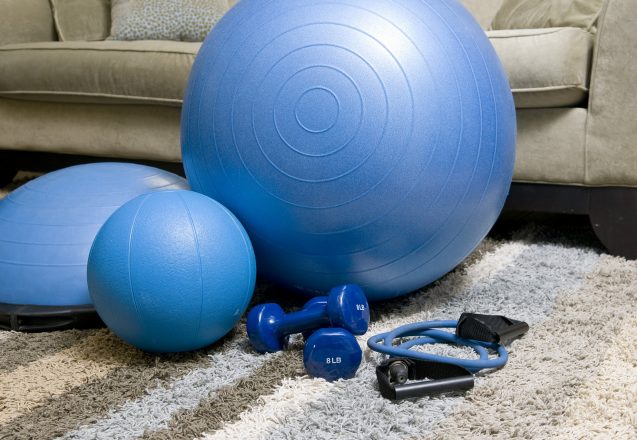
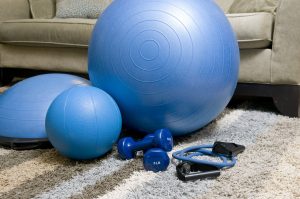 There are tons of articles written about the perfect workout, which ones are true? If you go LIV Fitness, our trainers will help you with routines that are geared to your fitness level and burn the most calories, but you’re on your own trying to sift through the information on the internet to find home workouts that burn the most calories, Here are some guidelines to help you identify the best workouts.
There are tons of articles written about the perfect workout, which ones are true? If you go LIV Fitness, our trainers will help you with routines that are geared to your fitness level and burn the most calories, but you’re on your own trying to sift through the information on the internet to find home workouts that burn the most calories, Here are some guidelines to help you identify the best workouts.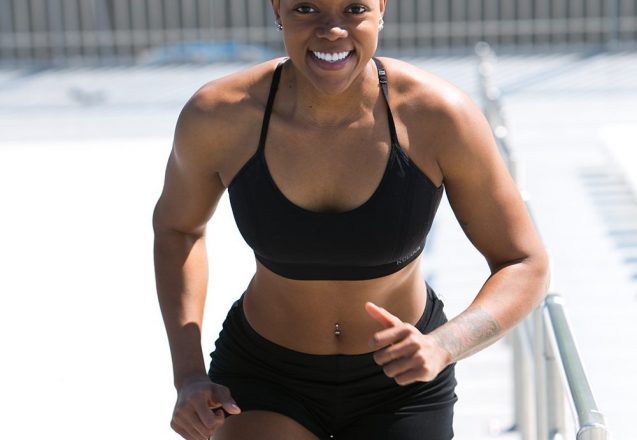
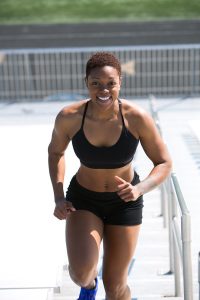 If you come to LIV Fitness in Dublin, CA, you’ll find people that use split workouts and others that swear by full-body workouts. Which one is best? There are pros and cons for both types of workouts and it all depends on which one is best for you. A split workout breaks your workout to various parts of the body on different days, normally it’s upper body and lower body days with abs on either day. Full-body workouts are just that, a workout that addresses the needs of all parts of your body.
If you come to LIV Fitness in Dublin, CA, you’ll find people that use split workouts and others that swear by full-body workouts. Which one is best? There are pros and cons for both types of workouts and it all depends on which one is best for you. A split workout breaks your workout to various parts of the body on different days, normally it’s upper body and lower body days with abs on either day. Full-body workouts are just that, a workout that addresses the needs of all parts of your body.